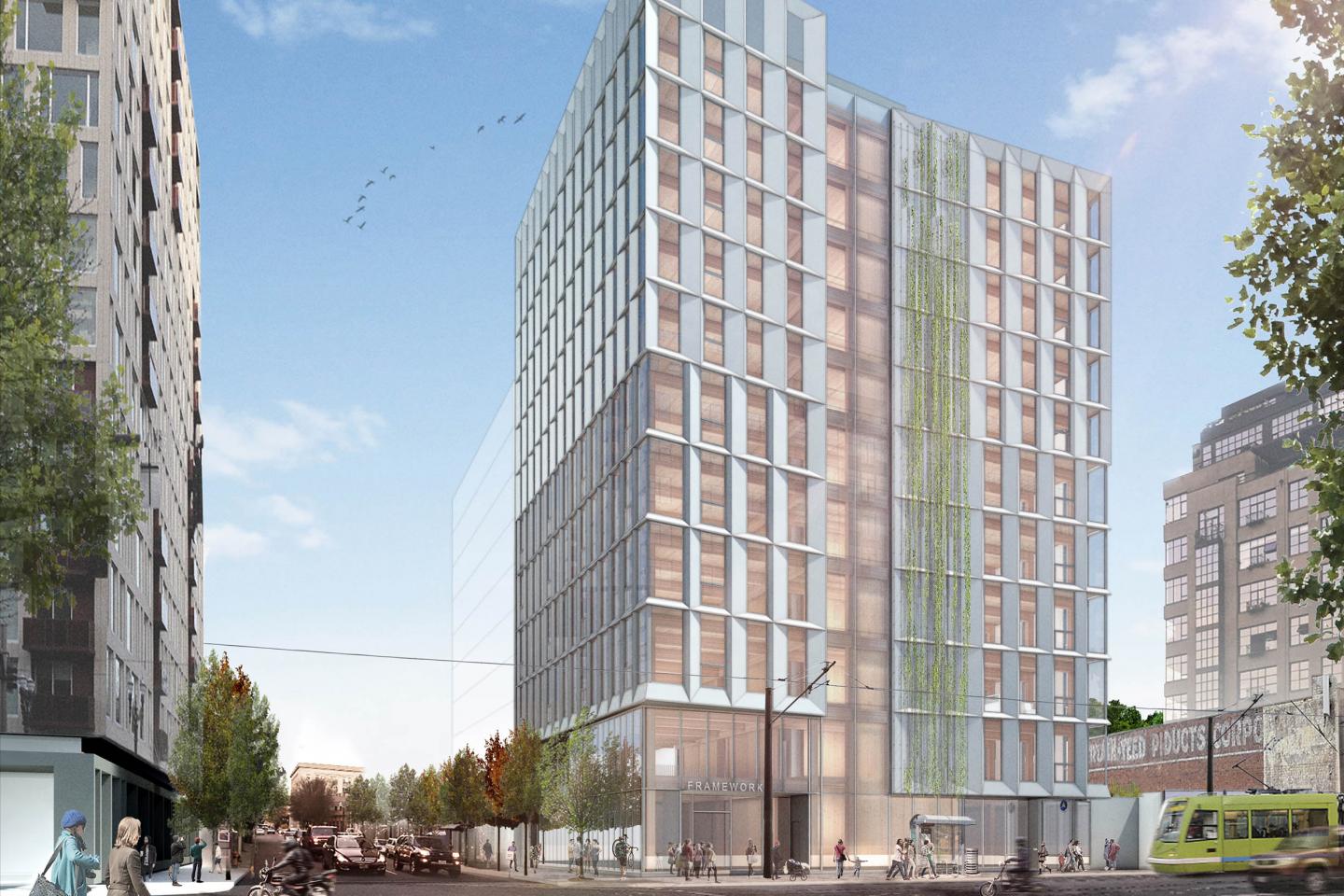
In 2020, just as a whole lot of bored consumers decided to remodel their homes, a complex combination of factors led lumber prices to hit an all-time high. Though the supply of raw materials remained steady, the pandemic forced many mills to close or slow production, leading to a veritable logjam in the supply chain. By May 2021, the price per 1000 board feet was up 549% from pre-COVID-19 prices in March 2020. Remodeling costs soared, pushing the cost of building a new home up by an average of $36,000. But since May, prices have fallen almost 71%, and according to a new study, homeowners who delayed projects due to high lumber prices are ready to pick up their hammers and get to work.
Expertise.com surveyed 810 homeowners who either started or considered starting projects earlier this year to find out how lumber prices have affected their plans. They found that nearly two-thirds of those who delayed projects are now going to restart them.
Among the key findings in the report:
- 77% of home improvement projects started in 2021 ended up costing more than expected due to the price of lumber.
- Of home improvement projects that cost more than expected due to lumber prices, the average increase was 205% and the median cost increase was 40%.
- 68% of those who started a home improvement project but saw the cost increase ended up delaying the project. When factoring in the projects that didn’t increase in cost, 55% of all home improvement projects were pushed back due to high costs.
- 65% of those who delayed projects due to the high cost of lumber are restarting them soon now that lumber prices have dropped.
“We started seeing lumber prices fall quickly at hardware stores at the beginning of August,” says general contractor Ryan Dubois, as quoted in the report. “We are now scheduling most large jobs for about 5 months from now, after the holidays.”
And while 76% of respondents reported feeling worried about having a home improvement professional inside their home with the Delta variant of COVID-19 spreading, 64% of respondents would let the projects proceed anyway.
Check out the full results of the study at Expertise.com.
















